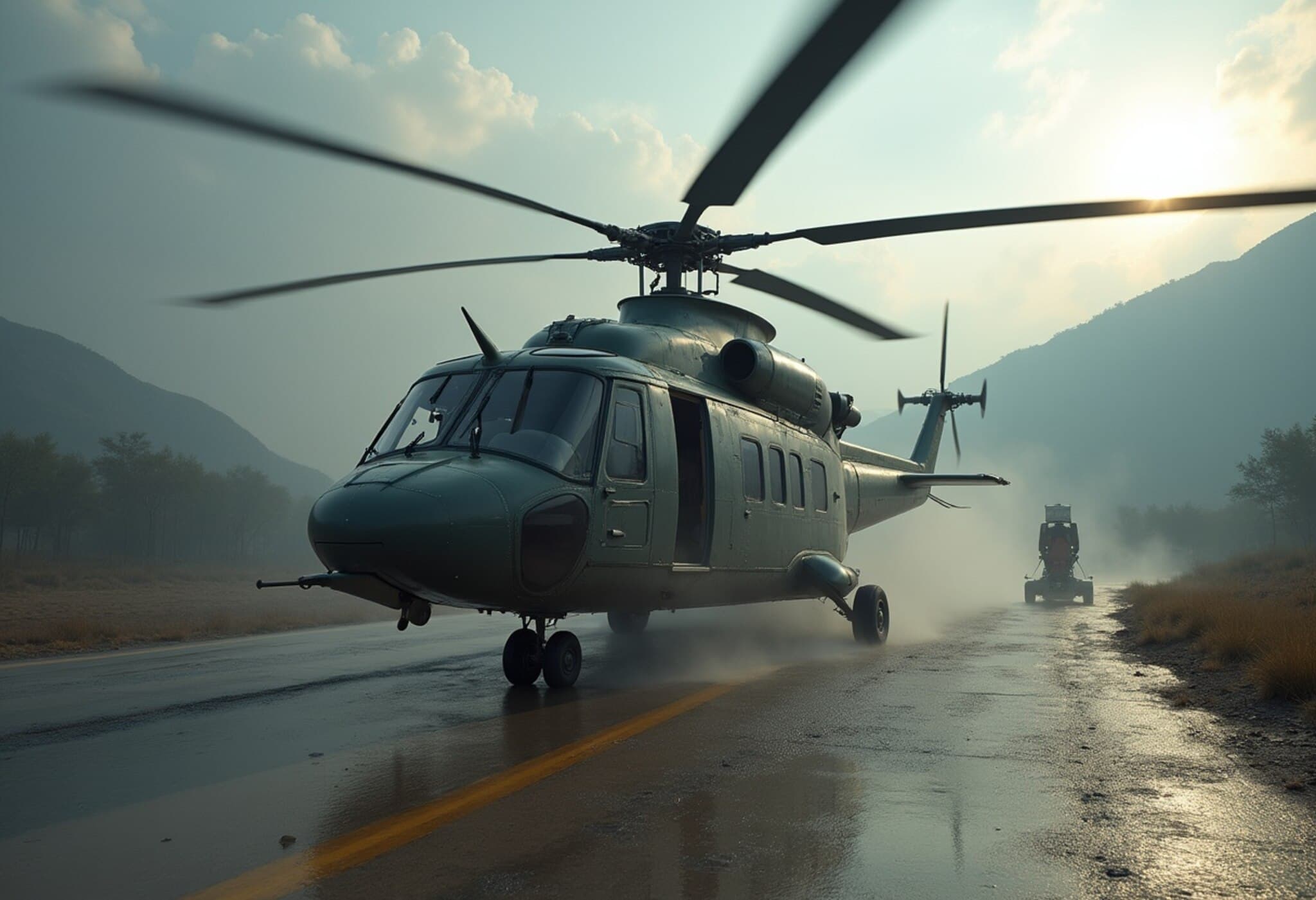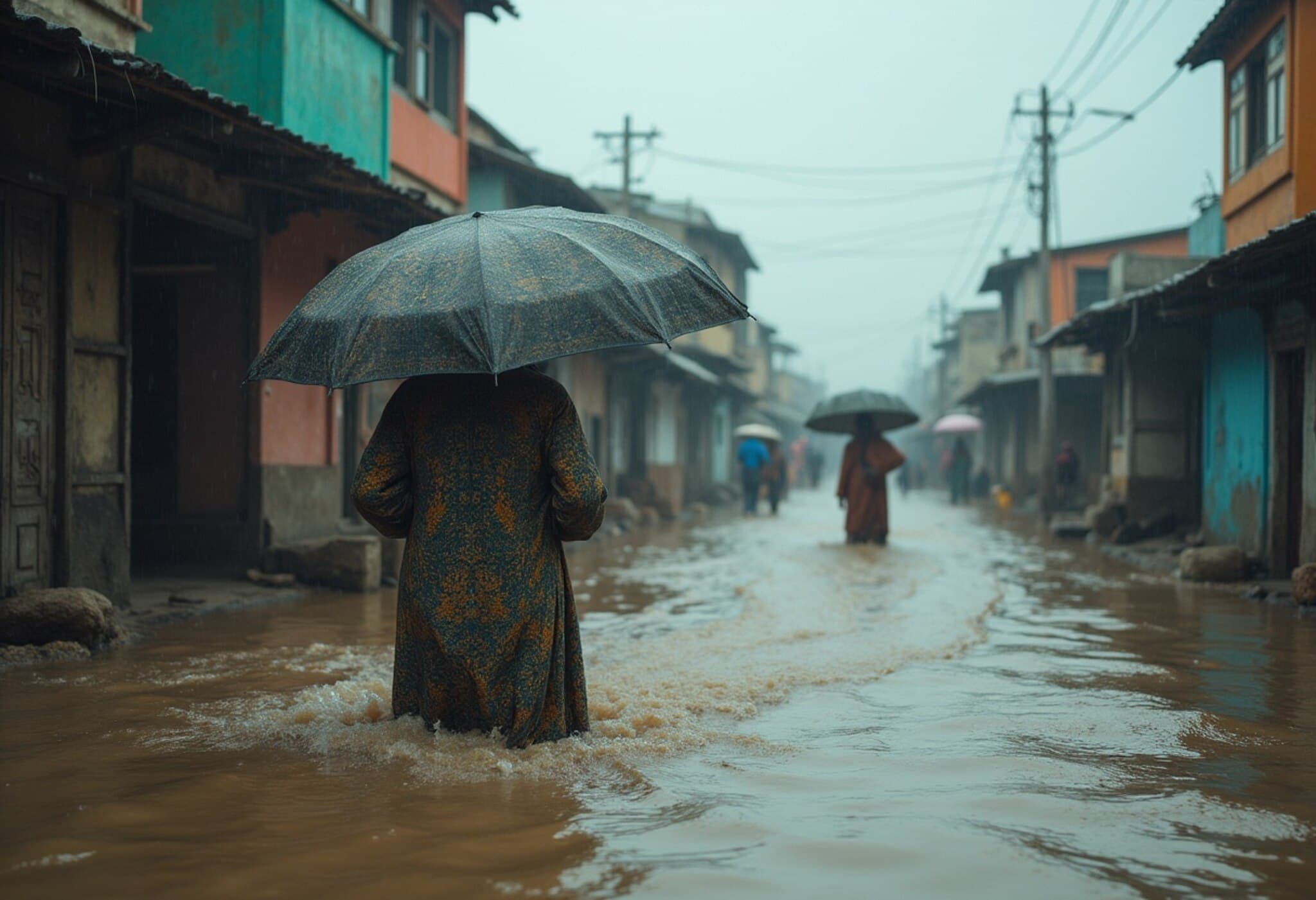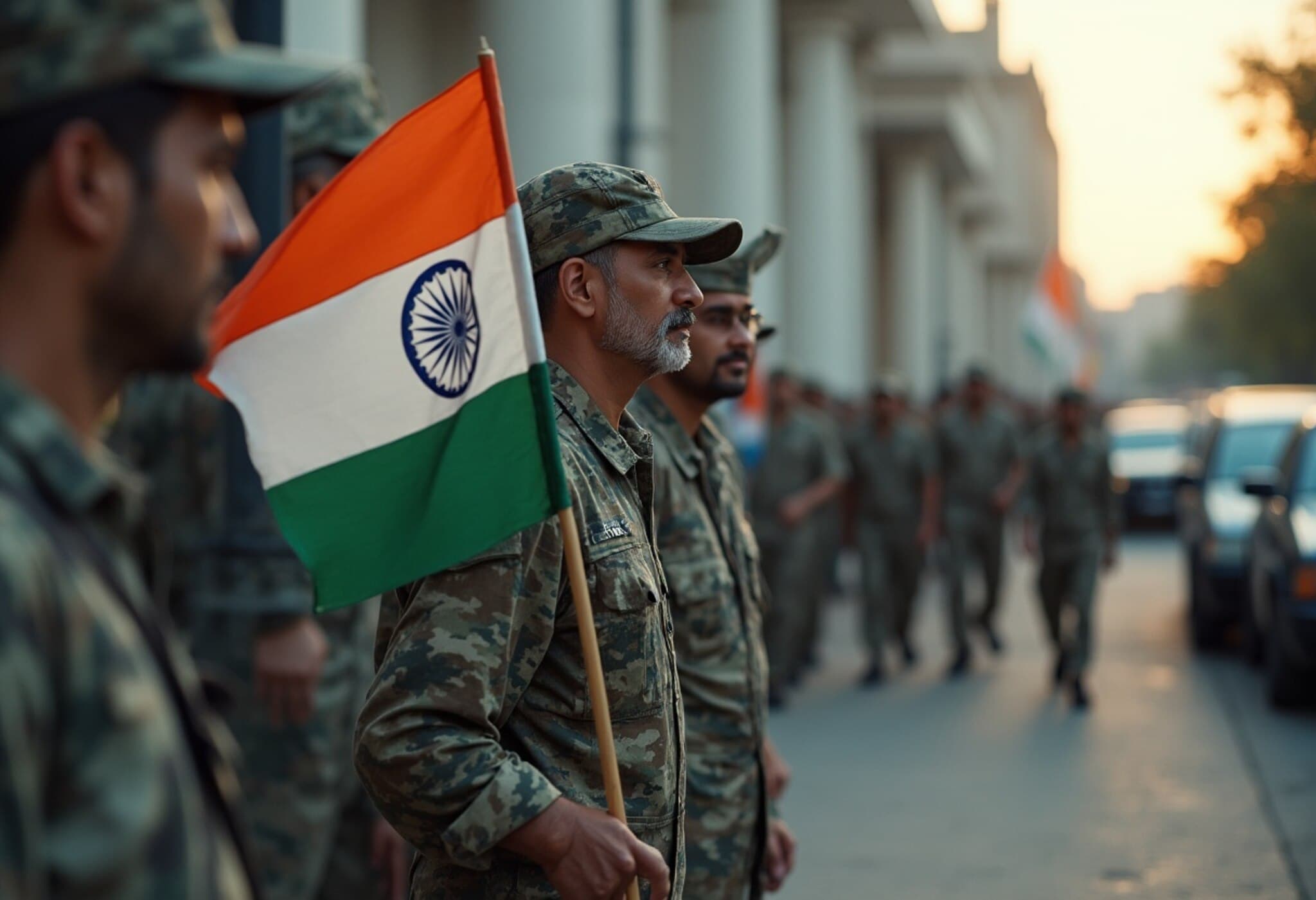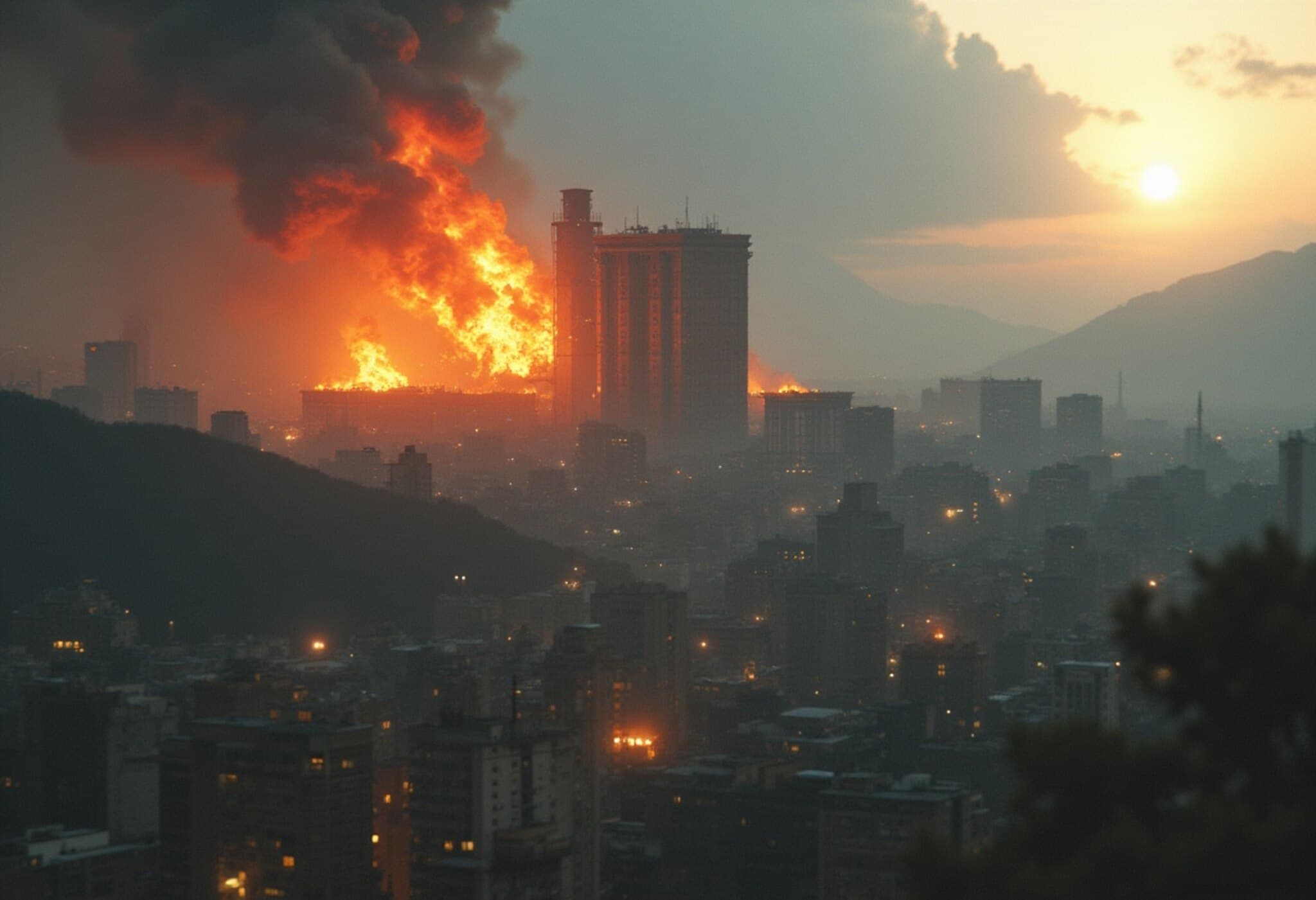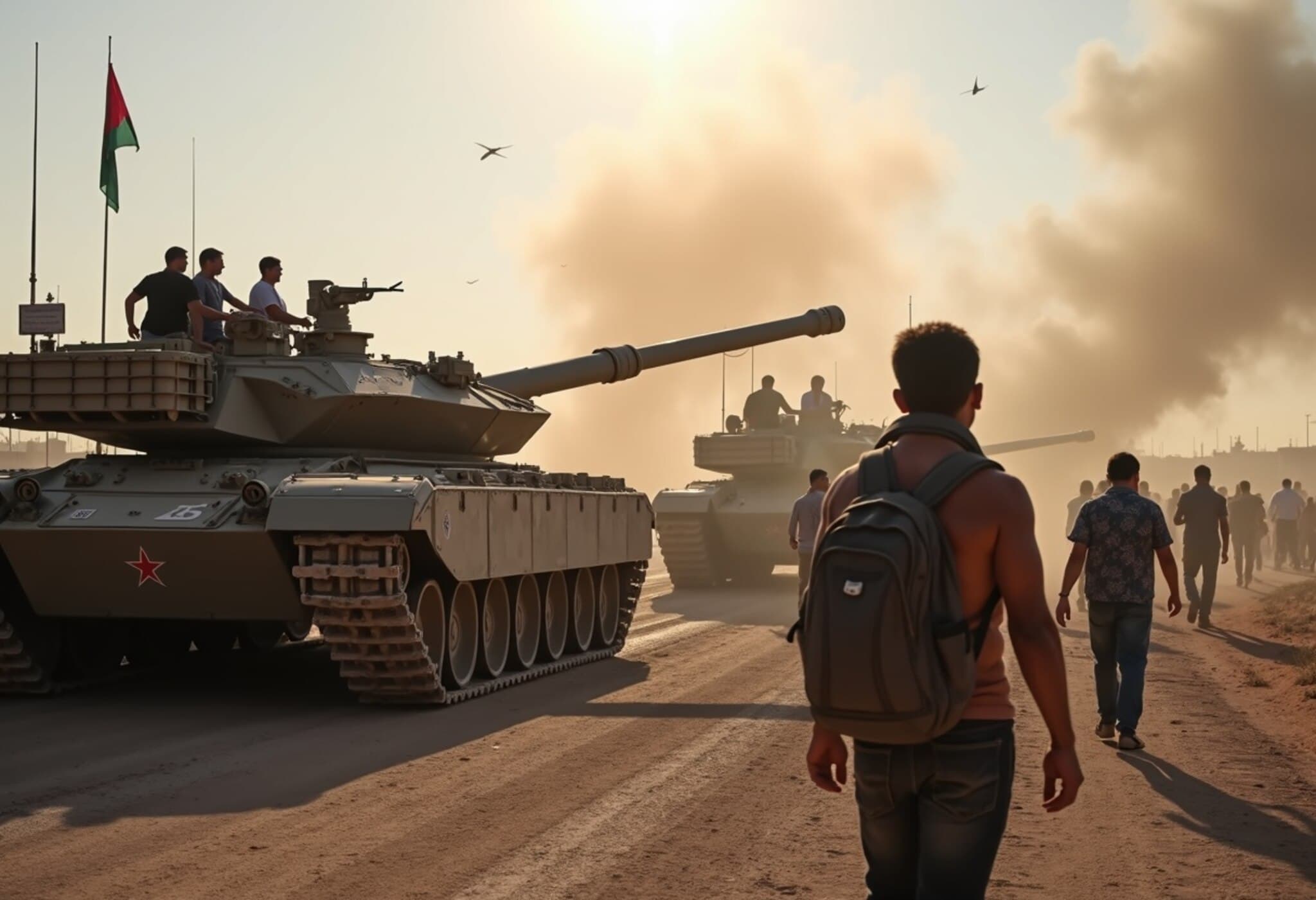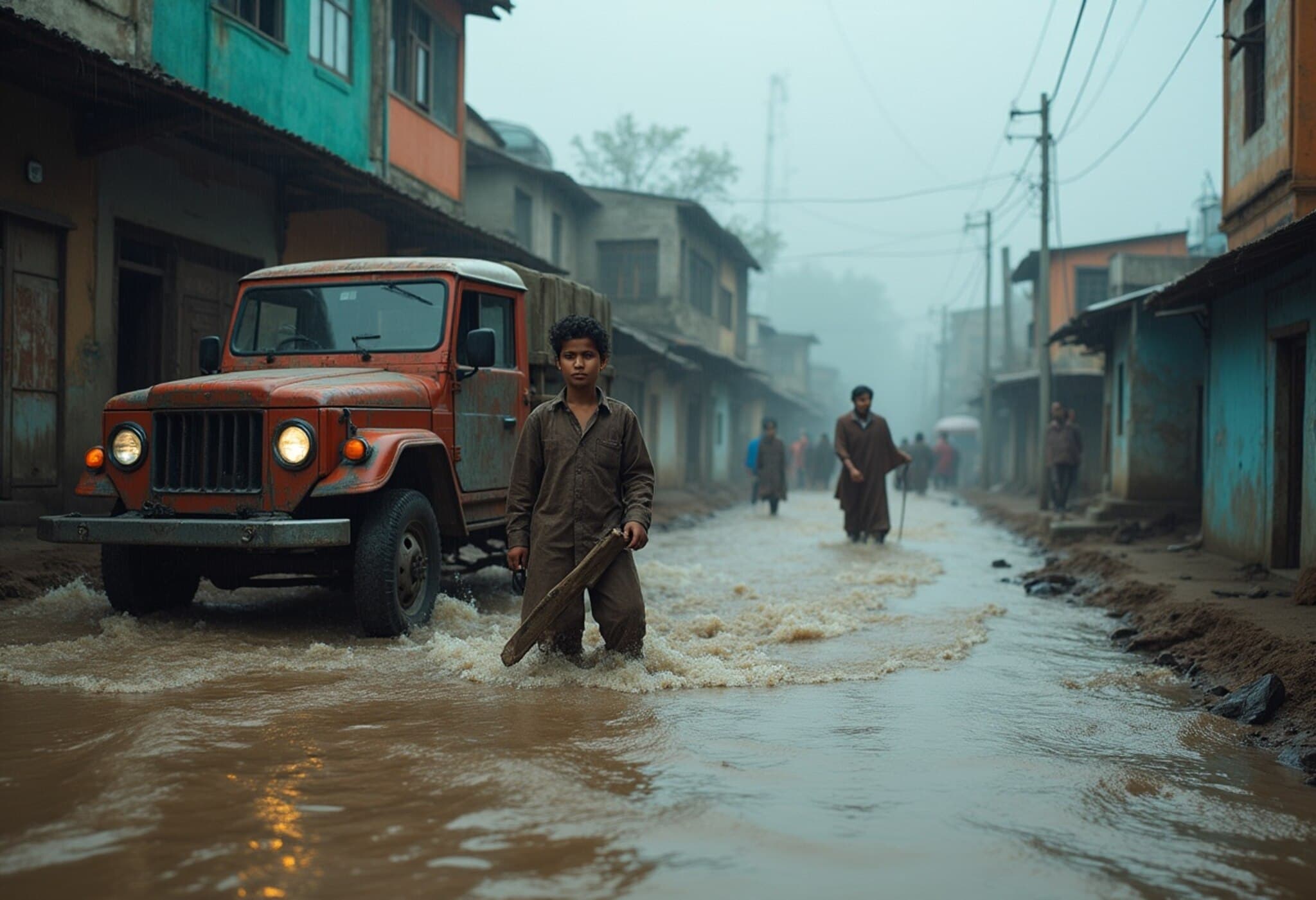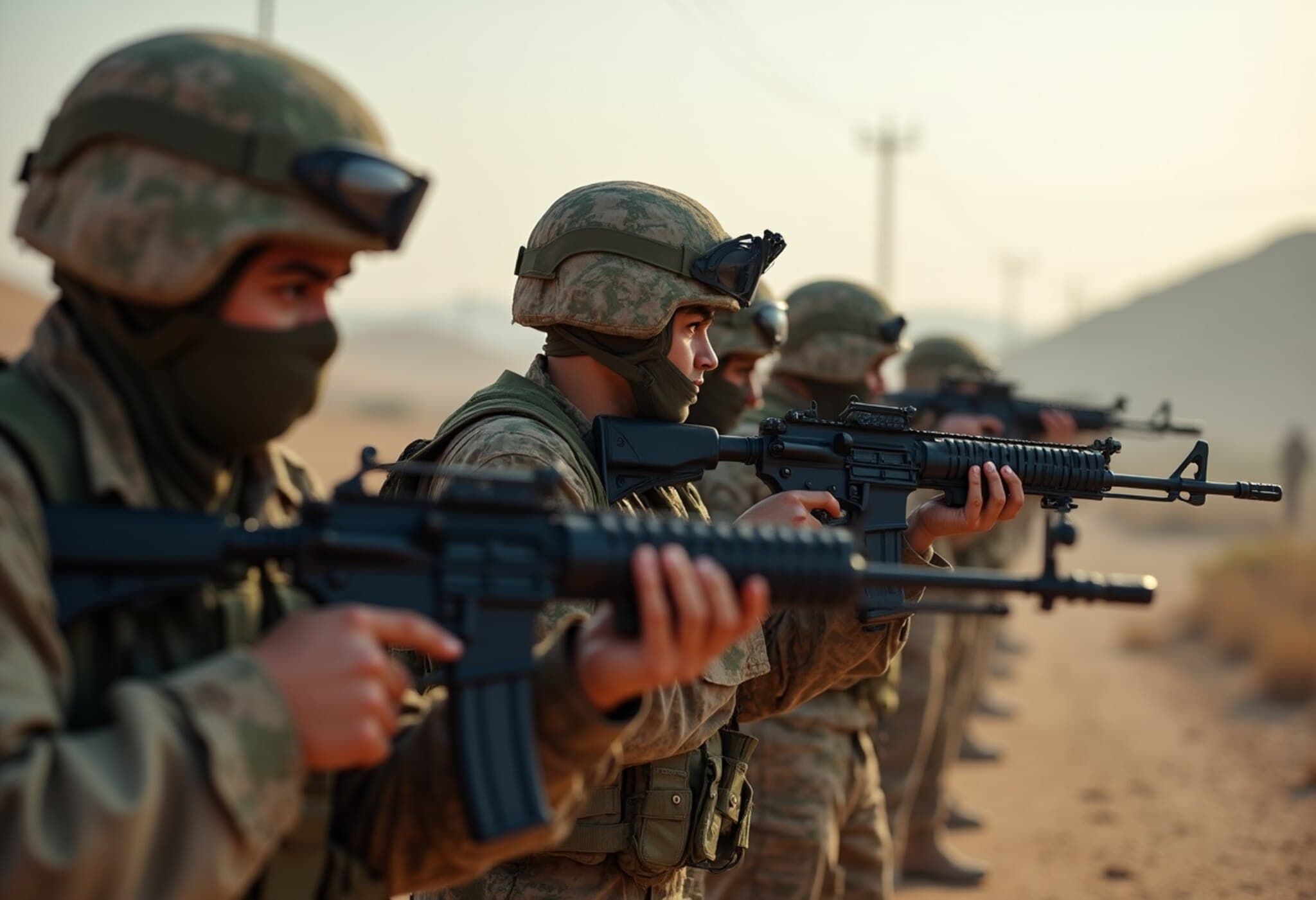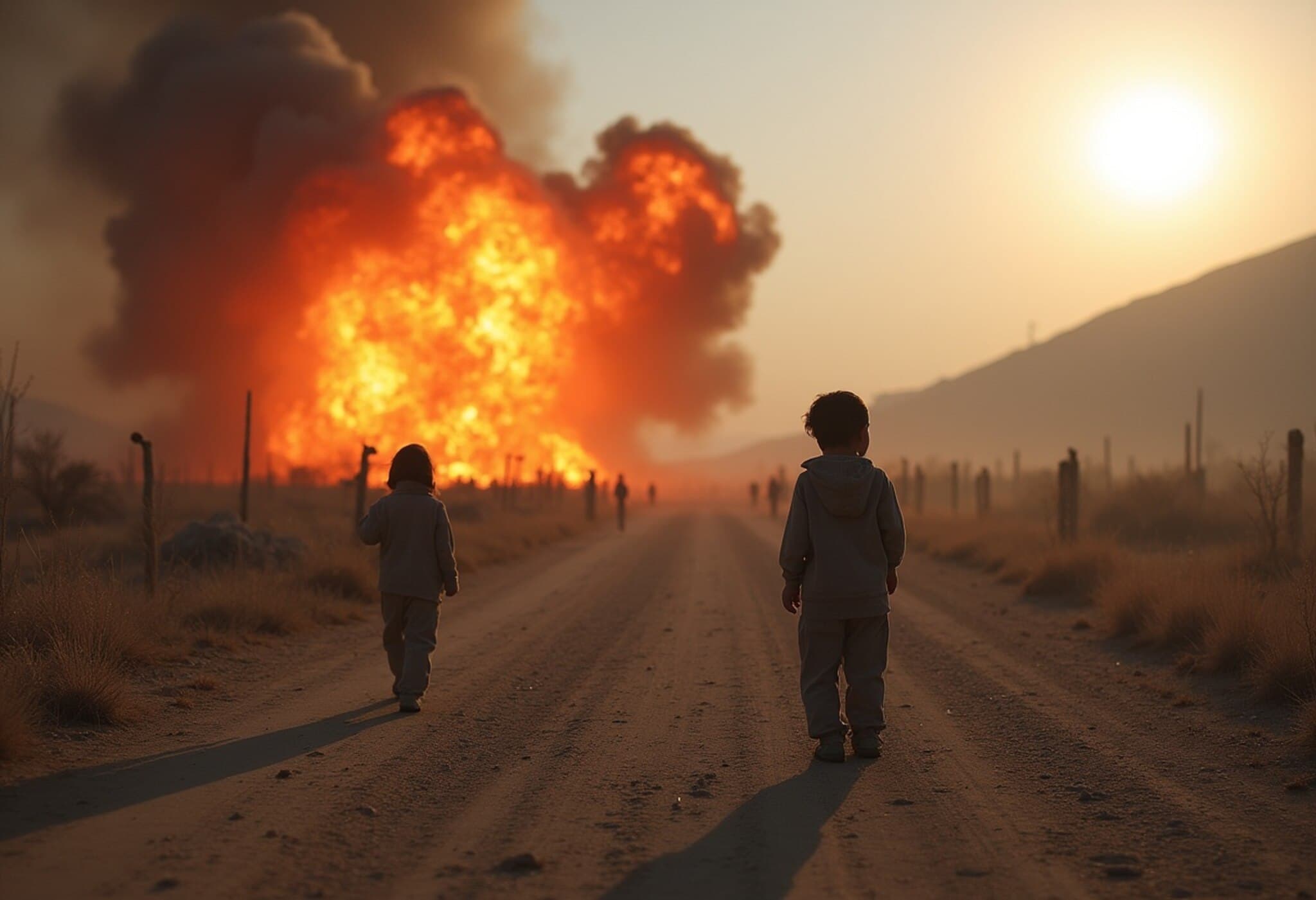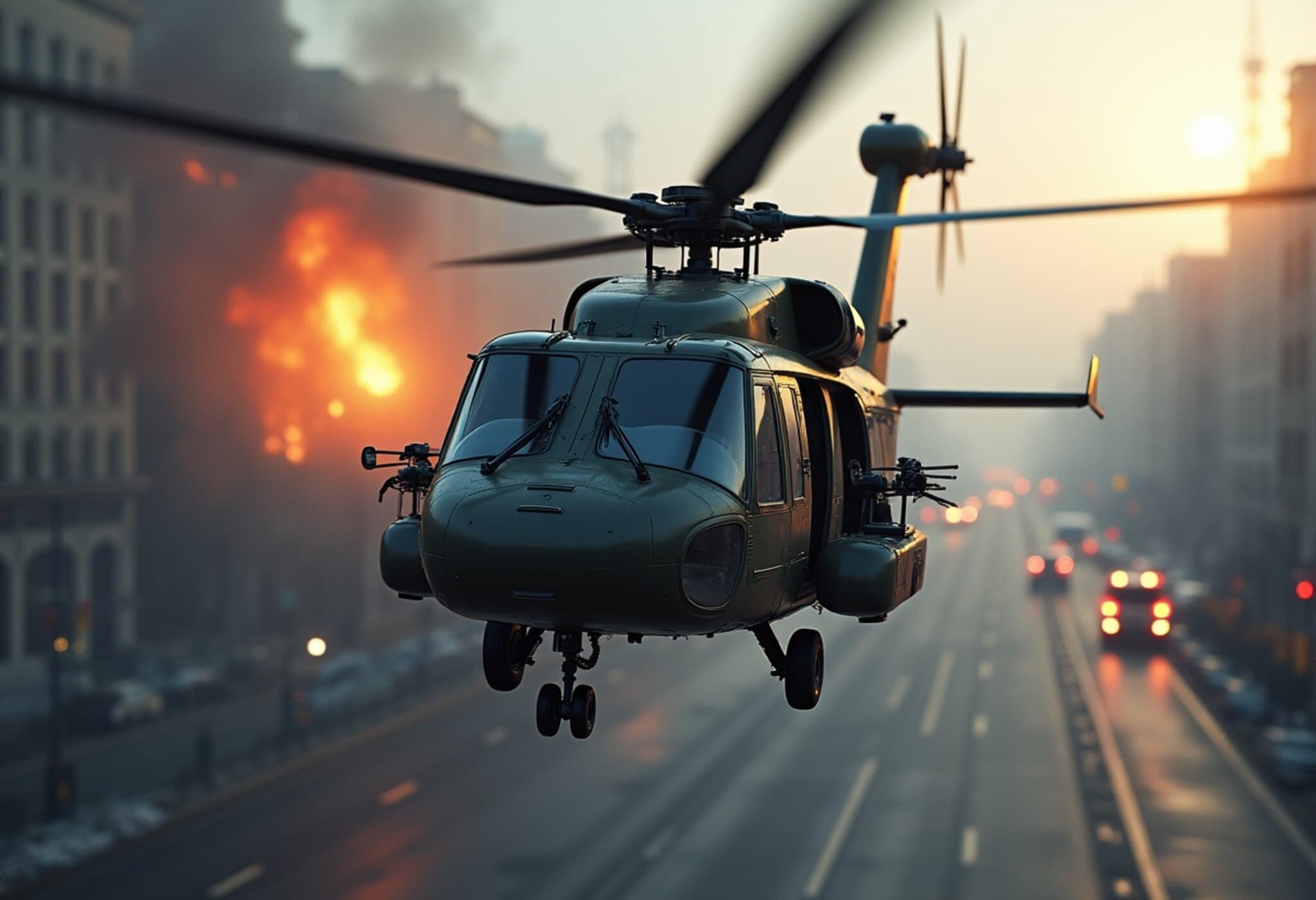Fatal Helicopter Crash Amid Pakistan’s Torrential Monsoon Devastation
In a heart-wrenching blow to Pakistan’s ongoing flood relief efforts, a government-operated MI-17 helicopter crashed in northern Pakistan’s Mohmand district on August 15, 2025. The helicopter was en route from Peshawar carrying crucial humanitarian supplies to remote, rain-battered areas of Bajaur when it went down amidst severe weather conditions. Tragically, all five crew members on board—including two pilots—lost their lives in the crash, underscoring the perilous environment confronting rescue teams amid relentless monsoon havoc.
Details of the Incident and Immediate Aftermath
The Khyber Pakhtunkhwa (KP) provincial government confirmed the disaster, with Chief Minister Ali Amin Gandapur expressing profound sorrow over the loss. The helicopter lost contact while flying over Mohmand tribal district’s Pandiyali area and subsequently crashed near Changi Banda. Local authorities swiftly dispatched rescue operations, but the aftermath was grim: none of the crew survived. In recognition of their sacrifice, the province declared a day of mourning on August 16, paying homage to the fallen crew as heroes who put themselves in harm’s way to aid flood victims.
Context: Monsoon Crisis in Khyber Pakhtunkhwa
This tragedy comes against the backdrop of one of the worst monsoon seasons in recent memory. Torrential rains have triggered devastating flash floods and landslides, especially impacting the districts of Bajaur and Buner. Official reports estimate over 100 fatalities with many more injured or missing, as uncontrolled waters rage through previously stable communities. In this chaotic humanitarian crisis, air transport has become a lifeline to reach isolated populations cut off by road damage.
Challenges and Risks of Rescue Operations in Harsh Weather
The loss of the MI-17 helicopter spotlights the extreme difficulties faced by rescue personnel operating under dangerous weather and geographical conditions. While the initial investigations point toward severe monsoon weather as the primary cause, authorities continue probing other possible factors. The KP Chief Secretary, Shahab Ali Shah, emphasized the complexity of flying in unpredictable mountainous terrain during heavy rains, which amplifies the risk for pilots undertaking relief missions.
Human Cost and Community Impact
The crew members, including two expert pilots and three relief workers, are being remembered not only as casualties but as dedicated public servants driven by altruistic commitment. The provincial government has promised to honor their memory with full state honors, a solemn acknowledgment of their bravery. Meanwhile, the province’s second government helicopter remains active in rescue and relief operations in the severely affected Buner district, continuing the fight against natural calamity despite recent losses.
Broader Implications and Critical Reflections
This incident raises urgent questions about the adequacy of disaster preparedness and the safety provisions for rescue personnel in Pakistan’s vulnerable regions. As climate change intensifies monsoon patterns leading to more frequent and severe flooding events, improved infrastructural resilience, advanced aviation safety measures, and well-funded emergency response systems become essential. Experts suggest that increased international cooperation and investment in Pakistan’s disaster management frameworks could mitigate future tragedies.
Furthermore, the tragedy underlines a global pattern where humanitarian workers bear disproportionate risks amid crisis contexts, spotlighting the need for robust psychosocial support and risk mitigation protocols for these frontline heroes.
Editor’s Note
As Pakistan confronts the devastating impact of monsoon floods, the sacrifice of this helicopter crew reveals the high stakes involved in disaster response efforts. Their story is a poignant reminder of the human cost behind headline figures and the relentless challenges faced by emergency workers worldwide. Moving forward, it is imperative to not only honor their heroism but to also critically evaluate and strengthen the systems that support such vital rescue missions, ensuring safer futures for responders and survivors alike.

